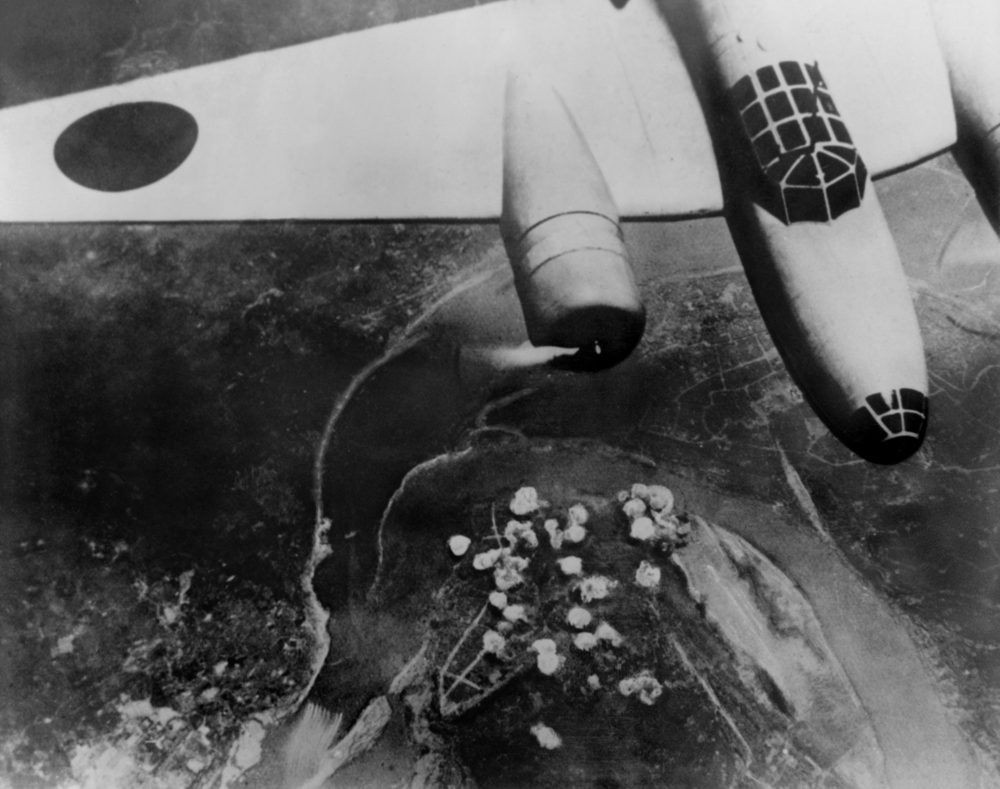What was it like to live in 18th-century London?
The Georgian Era took its name from the four Hanoverian monarchs named George, that ruled from 1714 to 1830. It was a century of massive social change in Britain but also a time of extremes with the very wealthy people (who boasted overwhelming luxury) and the very poor people (who struggled with immense poverty). This book, for instance, tells a lot of interesting things about the Georgian Era.
During this era, there were also important inventions of the Industrial Revolution and massive relocation movements as people were leaving the countryside for the city.
However, the Georgian Era was also a time when British folks had to deal with multiple life-threatening hazards, especially Londoners. Curious to know more? Here are 10 everyday dangers faced by Londoners in the 18th century — from cesspits and disease to gin consumption.

1. Smallpox
Smallpox was one of Georgian London’s deadliest diseases. Even those who were lucky enough to survive were often badly pock-marked, with eyelashes and patches of hair missing. Smallpox could also cause skin thickening, as if by burns.
Yet, rich people would choose domestic servants who had smallpox scars instead of choosing servants with undamaged skin, as it indicated that they wouldn’t be carrying the infectious disease into their houses.
Early inoculation took place in 1720 thanks to smallpox survivor Lady Mary Wortley Montagu and her bold experiment. In 1796, Edward Jenner would have introduced mass vaccination using a less hazardous type of cowpox.
2. Old London Bridge
Old London Bridge, although ancient and picturesque, was a dangerous place to pass through. Traversing was particularly risky, as in some places, the bridge narrowed to just over 14ft, and it wasn’t uncommon for pedestrians to get caught by the wheel of a cart or wagon racing too close to the wall.
But that wasn’t the only danger: you could also slip in the rapids caused by the tidal currents and get yourself under the bridge. However, Georgian London’s watermen were skilled enough to get their fares under the old bridge unharmed — although many would rather get out and walk around instead of risking their lives.
3. Rabies
Britain hasn’t always boasted rabies-free status. In fact, there were several outbreaks in Georgian London during the 1750s. Back then, it was very common to have a dog to protect your property. These animals were also used for fighting, so snarling, growling canines weren’t uncommon on London’s streets.
However, between 1752 and 1759, people were always on high alert for dogs (but also people) with salivating mouths and running eyes. During Georgian London, it was known that rabies could also affect pigs, many of which were raised in backyards.
According to the law, it was required to kill a rabid pig — a huge blow for a poor household reliant on a single pig per year or a devoted pet owner.
4. The Fleet Ditch
The River Fleet is known to be the largest of London’s subterranean rivers, which can only be seen in a few places, especially during wet weather when the sewer system tends to clog. During Georgian London, the lower section of the river, which was basically a sewer at the time, came to be known as the “Fleet Ditch.”
Today, this ditch no longer exists as it was covered by the road that leads down to Blackfriars Bridge. It was obstructed with silt, and Londoners tossed so much trash in it that it turned into a plague-breeding sewer.
In the 1760s, the Fleet Ditch was deemed so threatening to health that it was completely bricked over. However, in the winter of 1763, the ditch took its final victim: a drunken barber fell in and died frozen upright in the mud.

5. Debtors’ prison
A short distance from Borough High Street were the debtors’ prisons of the Marshalsea and The King’s Bench. Before the Bankruptcy Act of 1869, even small debts were punishable by imprisonment.
During Georgian London, the prisons were thriving enterprises. Not to mention that life for prisoners was pretty expensive: food, laundry, clothing, and even the cells themselves were all costs incurred by the prisoners.
In 1824, Charles Dickens’s father was imprisoned at Marshalsea for debt while the writer was sent to work at Warren’s Blacking Factory on the Hungerford Stairs. He got lucky, as many children were bound to enter the prison with their parents.
This episode of his life inspired him to write the serial novel known as Little Dorrit.
6. Syphilis
Another serious danger of Georgian London was syphilis. Nowadays, we no longer fear this venereal infection as it’s easily curable by penicillin, but 18th-century British people were terrified of getting the disease.
Besides abstinence, the only way to protect yourself against it was by using sheep-gut contraceptives (though abstinence was more reliable). While the risk of syphilis infection was quite higher, developing it wasn’t the fate of every promiscuous individual.
Confusing syphilis with less serious infections, as well as fearing syphilis’ madness and deformities, played a huge role in the collective imagination than the risk of actual infection perhaps merited.
7. Press-ganging
While press-ganging wasn’t as dangerous as historical fiction would have us believe, if you were male, young, and unemployed, it wasn’t in your best interests to hang around Georgian London’s docks.
Being forced into service could work out quite well if you really wanted to join the navy forces, but it was a bad start to a naval career. However, since the poorest Londoners still chose this path at the expense of their personal liberty, the belief was that press-ganging was a mechanism of decluttering the streets and filling a labor market deficit rather than a moral matter of freedom.

8. Tyburn
The eight hanging days held in Georgian London were public holidays. The condemned felons were led through the streets from Newgate to Tyburn in a wagon, stopping for alcoholic refreshments along the way.
Many arrived at their place of execution drunk, but for even the most violent criminals, the crush and clamor would have been overwhelming. The hanging wasn’t the last part of the day’s program.
According to Bernard Mandeville, “the next entertainment was a scuffle between the mob and the surgeons.” As a reward, the hangman would receive the criminal’s clothes, while the bodies were given to the surgeons to undergo dissection.
9. Gin
By the end of the 1720s, Georgian London was experiencing severe social problems because of high levels of gin consumption. Many believed that the price was the main problem as gin was a very cheap drink.
People would get muddled with it for roughly three and a half-pence, and some of them would even get drunk beyond madness. Soon consumers were pawning personal items like clothing and even furniture for alcohol.
Artist William Hogarth created several works, including Four Stages of Cruelty, as well as Beer Street and Gin Lane, as a response to the deterioration of both the morals and the economy of the poor caused by the gin.
10. Sedan chairs
A sedan chair (a covered cabin carried on long poles to transport wealthy people around the city) wasn’t just a fancy way of transit but also a public hazard during Georgian London. While visiting the city in 1725, Swiss traveler César de Saussure recorded being knocked over five times by several sedan chairs.
Bearers were often fined for cursing loudly in public, and they were notorious Romeos and fighters, probably much in demand for their stamina and strength.
As Georgian London grew, the use of these fancy sedan chairs dropped. In 1791, Horace Walpole remarked that “the practice is almost lost, for Atlas and Hercules couldn’t carry anybody from one end of this huge capital to the other.”
You may also want to read 5 Interesting Facts About the Industrial Revolution You Didn’t Know.





